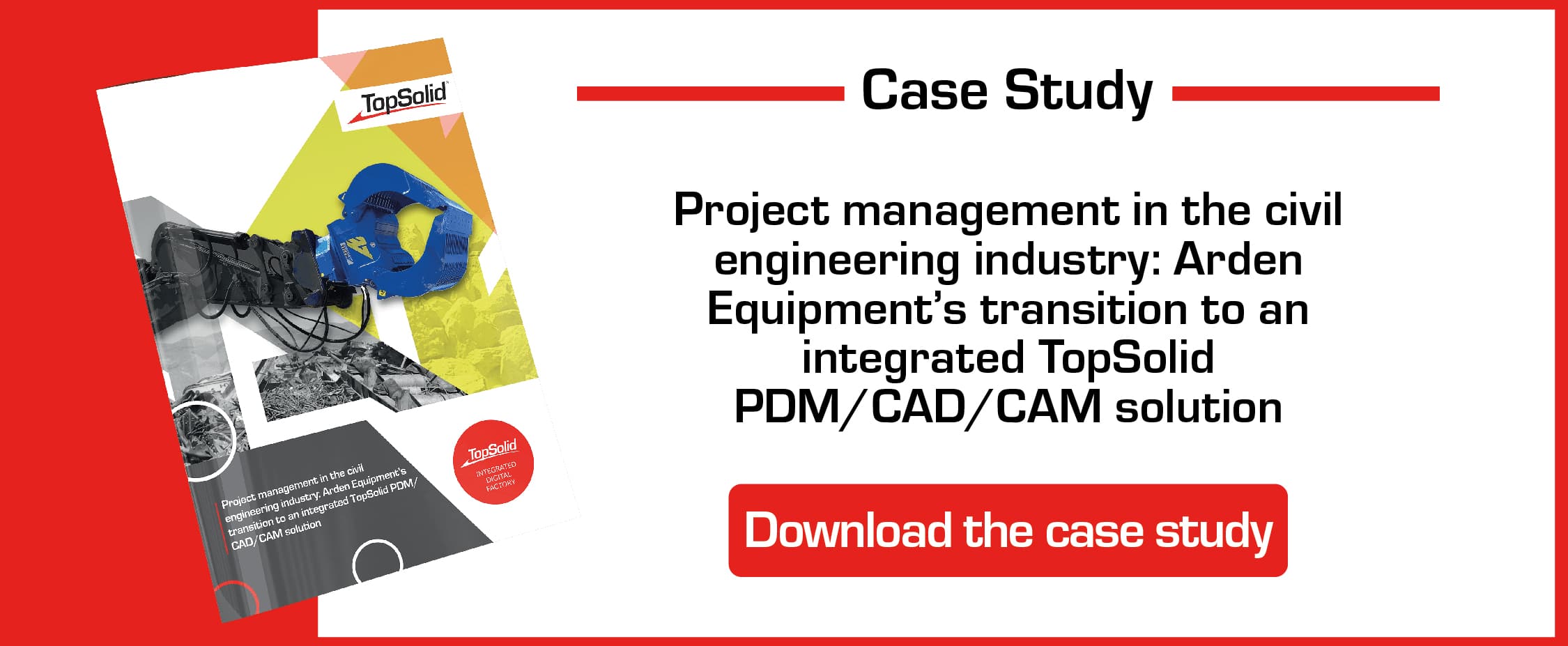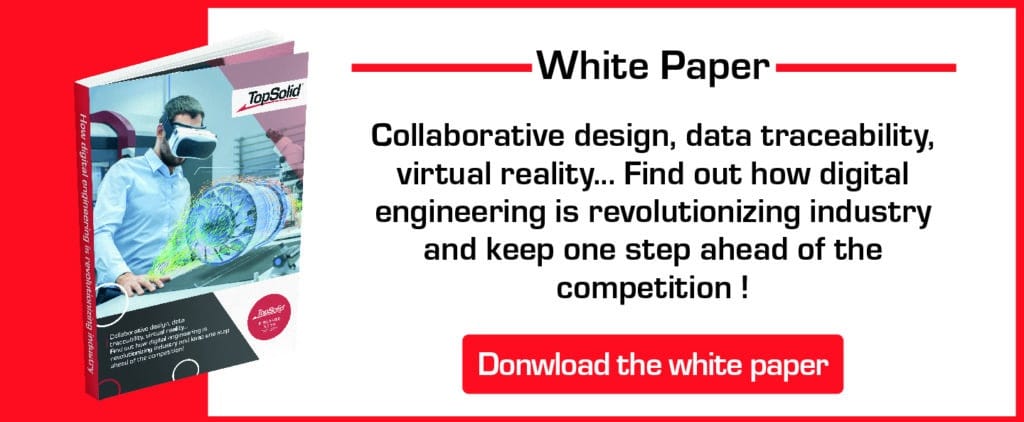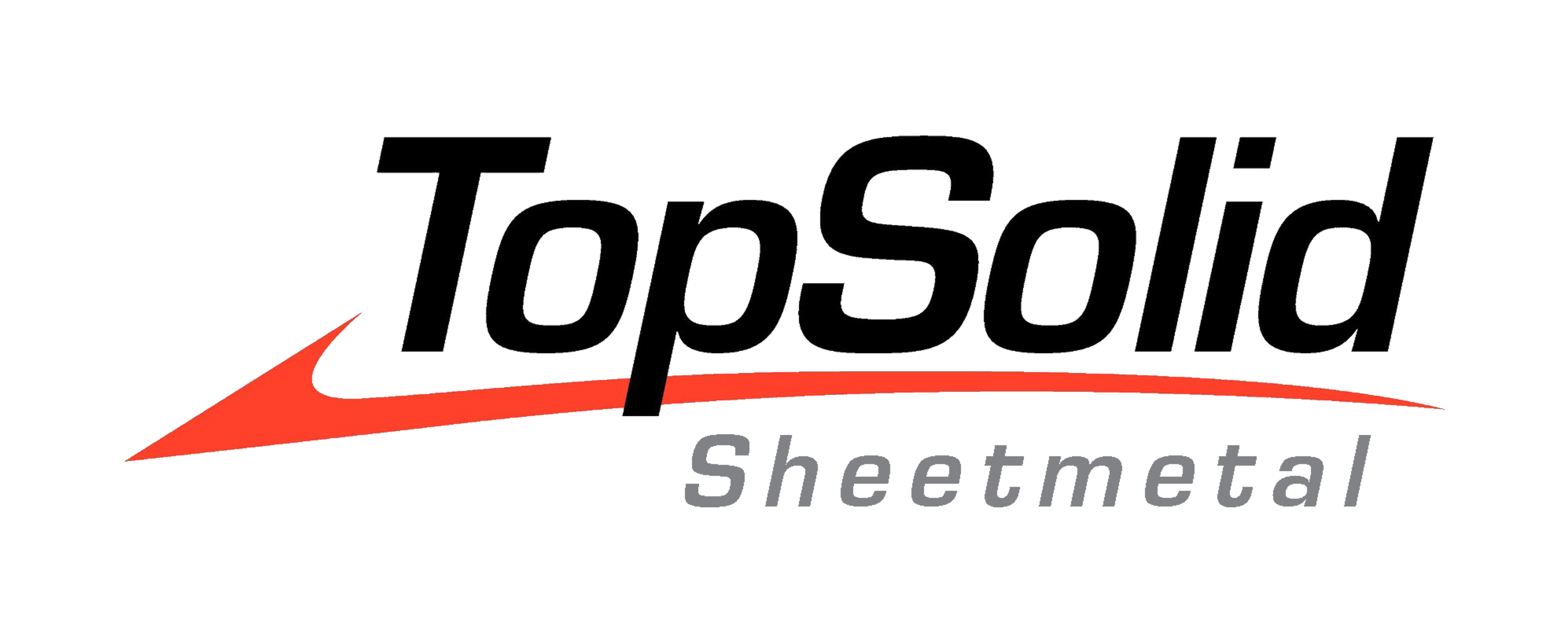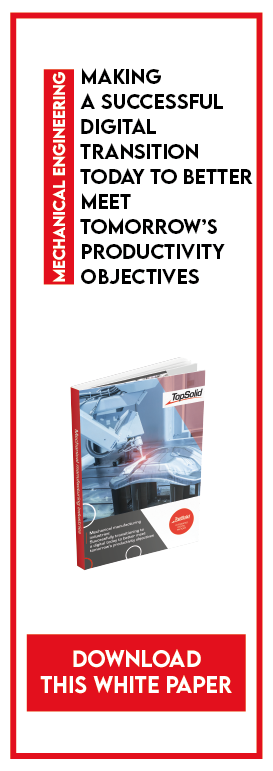2. Integration of disciplines
Before: the different disciplines of a design office often worked in isolation, and did not communicate much with one another. This isolation could produce errors, incoherences and the loss of opportunities to innovate.
After: digital engineering facilitates the integration of disciplines by using collaborative CAD platforms. The various teams can share their knowledge and collaborate, right from the design phase. Designers, engineers, materials specialists, etc., can work together on a shared model, inputting their respective expert knowledge and favoring a holistic approach to the project.
3. Advanced visualization and simulation
Before: visualizing design models was limited to 2D drawings or physical prototypes. Test and simulations were costly and frequently required the construction of physical prototypes.
After: thanks to collaborative CAD, design models can be visualized in 3D, providing a better understanding of the characteristics of the product. In addition, virtual simulations can be used to test the performances of the product under different conditions, before it is physically manufactured. This cuts costs and shortens the deadlines of physical prototypes, while also improving the quality and the performances of the end product.
4. Optimization of the design processes
Before: the design processes were manual and repetitive, allowing room for human error and limiting the productivity of the teams.
After: digital engineering provides advanced collaborative CAD tools that automate certain repetitive tasks. Libraries of standardized components, parametric design and automated analyses all help to produce more precise models more quickly. This frees up time for the engineers, who can focus more closely on creativity and innovation, while reducing human errors.
5. Management of data and traceability
Before: the management of design data was often complex and subject to version management problems. The files were stored locally and sharing data was laborious.
After: collaborative CAD centralizes the management of design data, providing secure storage and easier access. The teams can share and access the files in real time, with end-to-end traceability of all the changes made to the design models. This makes it easier to find and retrieve data, and to improve version management, thereby contributing to smoother collaboration and informed decision-making.
The technologies of the future: the revolution goes on
In the future, the already impressive range of tools available to design offices will be supplemented by new technologies. Some of these advances are already well underway, while others still have to achieve their potential.
In particular, virtual and enhanced reality deserve a mention. They are already used, in particular by TopSolid, and they will be used more and more.
Then, we can expect to see the arrival or artificial intelligence and automatic learning, which will propose design improvements, based on previous successful models.
With the Internet of Things (IoT), it will be possible to connect physical objects to digital systems, thereby creating cyber-physical systems.
3D printing will continue to evolve and improve, producing more complex parts from more diverse materials and with improved properties.
Finally, there are the integrated collaboration platforms. They will enable the collaborative CAD systems of the future to integrate advanced and real-time chat, task management, deadline tracking and data visualization functionality.
The modular, open and flexible TopSolid’Design CAD solution addresses these issues in order to facilitate collaborative working in design offices, at every stage of the design process. Want to find out more? Then get in touch!
![[CASE STUDY] Project management in the civil engineering industry: Arden Equipment’s transition to an integrated TopSolid PDM/CAD/CAM solution](https://blog.topsolid.com/wp-content/uploads/2023/02/AE-COUV--900x675.png)


![Collaborative design, data traceability, virtual reality… Learn how digital engineering is revolutionising the industry and stay one step ahead of your competitors! [WHITE PAPER]](https://blog.topsolid.com/wp-content/uploads/2023/10/livre-blanc-ingenierie-digitale.jpeg)








